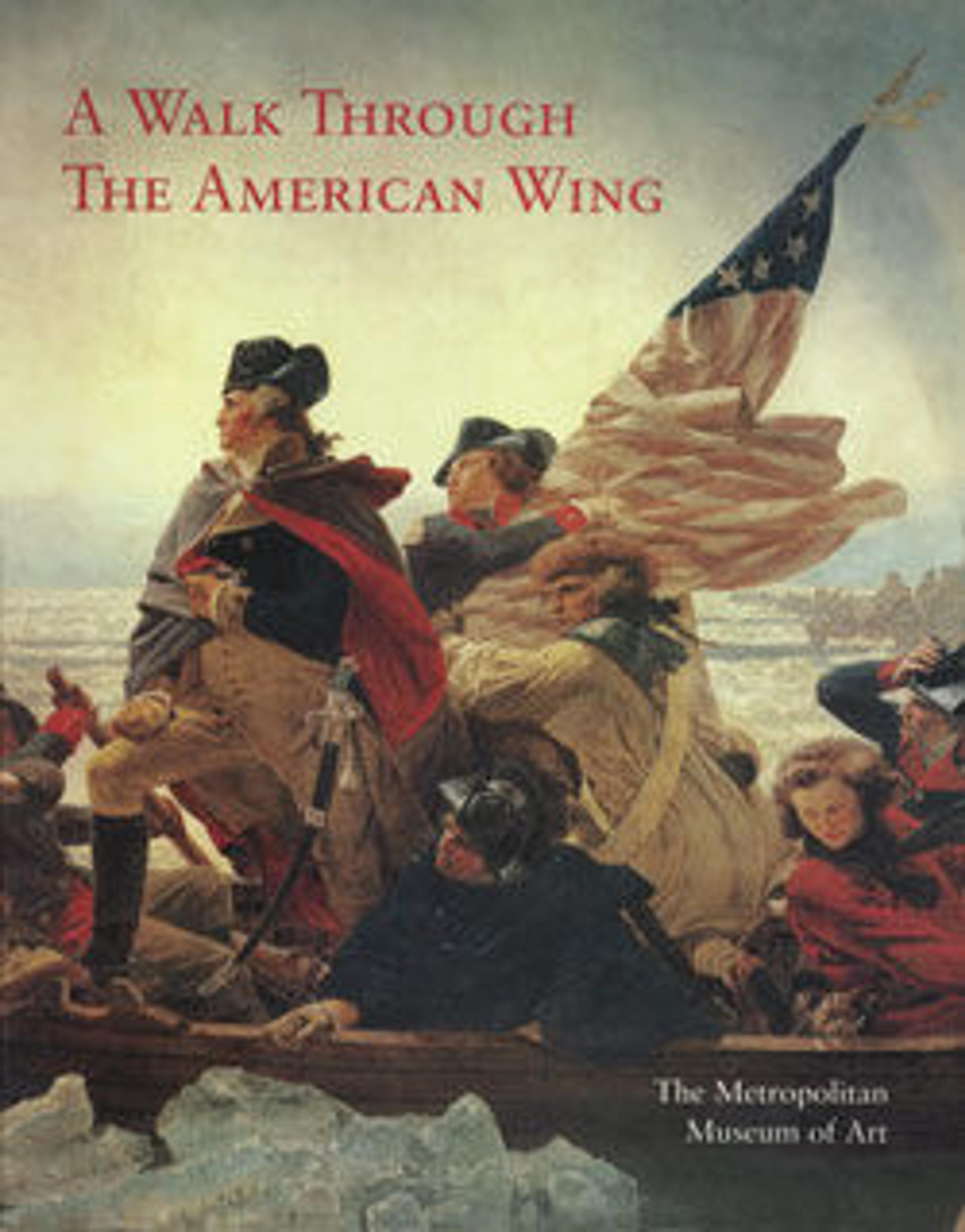Quilt, Diamond in the Square pattern
The center-diamond pattern is a favorite of the Amish of Lancaster County, Pennsylvania and is not usually made in other communities. It is sewn of large pieces of fabric that are likely purchased with the quilt in mind. The simple yet striking composition makes the quilt a perfect canvas for the elaborate stitching patterns that are a hallmark of Lancaster County work. This quilt has the most accomplished quilt-stitching of all our Amish examples. As with many others of this design, there is a stitched star at the center of the diamond. While eight-pointed stars are the norm in the Pennsylvania German tradition, this star has only seven points. It is surrounded by two circles of feather-wreath stitching. The narrow red borders are filled with pumpkin-seed quilting, and the wide outer border contains a gracefully curving feather pattern.
Artwork Details
- Title: Quilt, Diamond in the Square pattern
- Maker: Amish maker
- Date: ca. 1920
- Geography: Made in Lancaster County, Pennsylvania, United States
- Culture: American
- Medium: Wool and cotton
- Dimensions: 79 x 79 1/4 in. (200.7 x 201.3 cm)
- Credit Line: Sansbury-Mills Fund, 1973
- Object Number: 1973.157
- Curatorial Department: The American Wing
More Artwork
Research Resources
The Met provides unparalleled resources for research and welcomes an international community of students and scholars. The Met's Open Access API is where creators and researchers can connect to the The Met collection. Open Access data and public domain images are available for unrestricted commercial and noncommercial use without permission or fee.
To request images under copyright and other restrictions, please use this Image Request form.
Feedback
We continue to research and examine historical and cultural context for objects in The Met collection. If you have comments or questions about this object record, please contact us using the form below. The Museum looks forward to receiving your comments.
